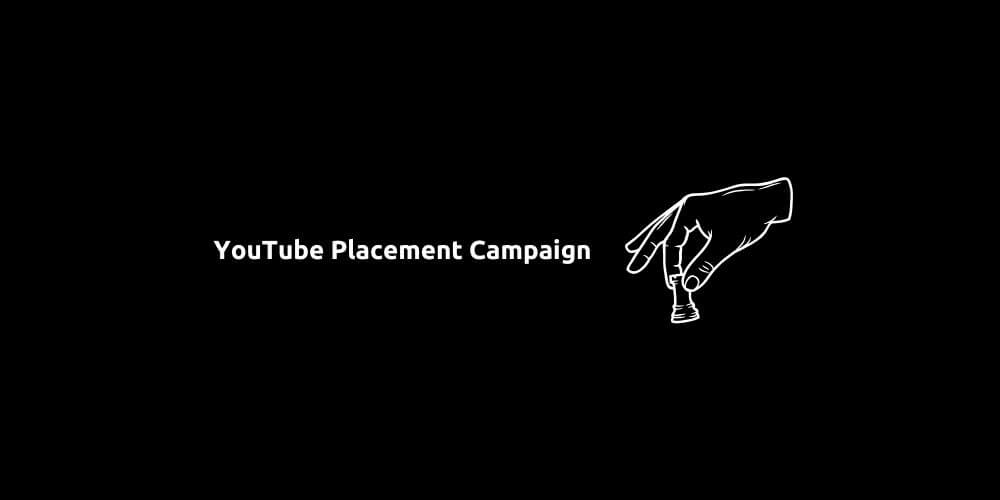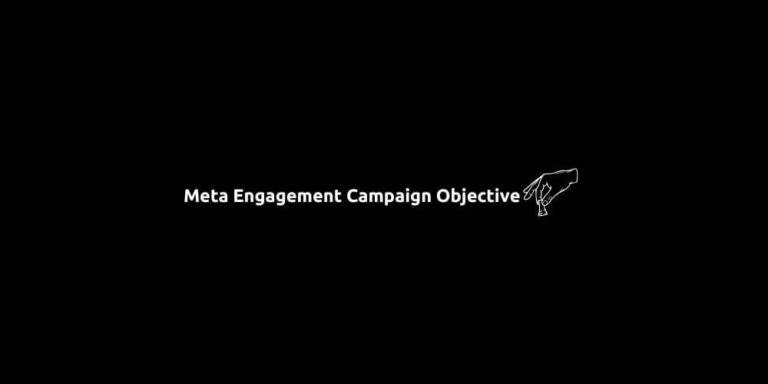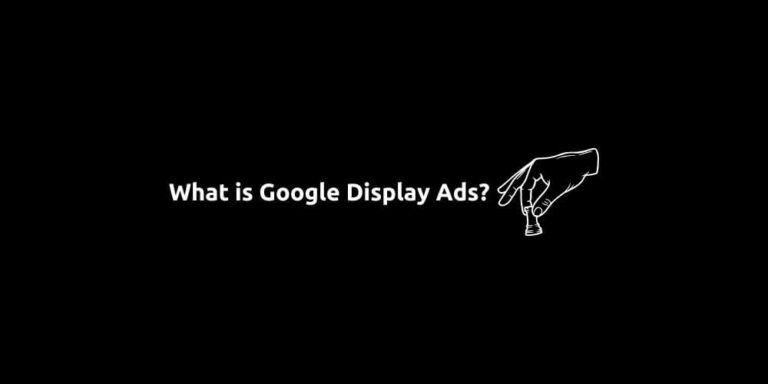YouTube Placement Campaign
In this article, you’ll first get an understanding of what a YouTube Placement Campaign is and when it makes sense to use it. Then we dig deeper: we explain the mechanics, pricing, benefits and challenges of placement targeting in YouTube Ads. After that, you’ll see and understand how to target specific ad placements (Youtube channels, videos, etc.) in practice with a step by step guide. The article includes tips to maximize reach and control wasted spend too.
Index:
- What Is YouTube Placement Campaign?
- How to Target Specific Ad Placements in YouTube Ads?
- How to Get Started with YouTube Ads?
What Is YouTube Placement Campaign?
A YouTube Placement Campaign or a campaign using placement targeting on YouTube is a video ad campaign in which you specify on which channels, videos, or partner sites you’d like your ads to appear. In other words: Rather than letting Google Ads algorithm choose all placements, you control or at least influence the where your ads deliver.
More technically, placement targeting is part of the broader content targeting toolkit (which also includes topics and keywords) in Google Ads for video/display campaigns.
Great but why use placement targeting on YouTube Ads in the era of automation. There are some facts you may like even though if you are a fan of automation:
- Precision & relevance: You can put your video ad in front of audiences already watching content you know is closely relevant. If a YouTube channel or video aligns with your brand or audience, placement targeting lets you reach them more directly.
- Brand safety / control: If there are channels or videos you don’t want your ad on, you can exclude them or restrict placements.
- Performance experimentation: You can test which channels or content types deliver best view rate, engagement or conversions.
- Audience signal refinement: Placement targeting gives your campaign better signals about what content performs well; you can use that data to refine future campaigns.
However, since it is not automated by Google, placement targeting also has constraints and risks. Here are some:
- Volume limitations: If you pick too narrow a set of placements, ad inventory might be insufficient, leading to little or no impressions.
- Bid pressure: Because you’re competing on fewer placements, effective CPV/CPM might be higher.
- Channel/video characteristics may shift: The channel you picked could post broader videos, or change direction, decreasing alignment.
- Google’s evolving automation: Some campaign types or future updates may reduce availability of manual placement targeting.
How to Target Specific Ad Placements in YouTube Ads?
Here’s a practical, step-by-step guide to targeting placements in your YouTube video campaigns, with tips and things to watch out for.
Note: The exact UI may vary depending on the campaign subtype you choose and Google sometimes phases features in or out. Always check your campaign type if placement targeting is allowed.
Step 1: Choose the right campaign subtype / objective
Some video campaign types may limit or disable manual placement targeting. Because recently they started to push more automated targeting. Especially the ones focused purely on conversions are not be able to pick placements manually. For manual placement control, pick a video subtype that supports Video Views / Awareness / Reach or a subtype that explicitly supports placements.
Step 2: Network and inventory settings
In your campaign settings, under Networks, ensure that YouTube (and optionally YouTube search / video partners) are enabled as inventory where you want to show ads. If you don’t want your ad to run outside YouTube, you might disable “Video partners on the Google Display Network,” though that varies by campaign type. Some campaigns force inclusion of video partners; check if you can exclude them.
Step 3: Set basic targeting
Narrow your campaign by geography, language, devices, etc. to match your audience. This helps reduce wasted impressions. You can also apply frequency caps or device exclusions (e.g. exclude TVs if your landing page experience is poor).
Step 4: Create ad groups
Within a video campaign, you’ll often have ad groups. Each ad group can have its own targeting (including placements). Use naming conventions so you can easily identify which ad group is doing specific placements.
Step 5: Add placement targeting
This is the core step. In the “Content / Targeting” section of your ad group settings, locate “Placements” (sometimes under “Content targeting,” “Additional targeting,” or “Browse > Placements”). You’ll see options to browse or “Enter multiple placements.”
Then, input the YouTube channel URL(s) or video URLs you want to target. You may also be able to add YouTube users, or YouTube TV channels if your campaign type supports it. Finally click “Add placements.” You can also exclude placements (channels or videos you do not want your ads on).
It’s smart to start with a moderate number of placements rather than just one. E.g. 5–20 good channels/videos. This will help you to allow flexibility and impressions.
Step 6: Set your bids
Because placement targeting limits your reach, make sure your Max CPV (or equivalent bid) is competitive. If bids are too low, you may get zero impressions. Some guides recommend starting with a moderate CPV and scaling upward if necessary. Then monitor closely. If you raise the bid but still get no impressions, you may need to expand placements or targeting.
How to Get Started with YouTube Ads?
YouTube Ads, despite its drawbacks, is a powerful advertising platform that enables businesses to leverage the immense popularity of video content to connect with their target audience. By using the right ad format, targeting strategy, and engaging video content, advertisers can achieve substantial brand growth and customer engagement.
Success requires a strategic approach, continuous learning, and regular optimization. With the right planning and execution, Google’s Youtube Ad Campaigns can be a game-changer in your digital marketing strategy. And this is what we do at SS&T Digital. 👇






